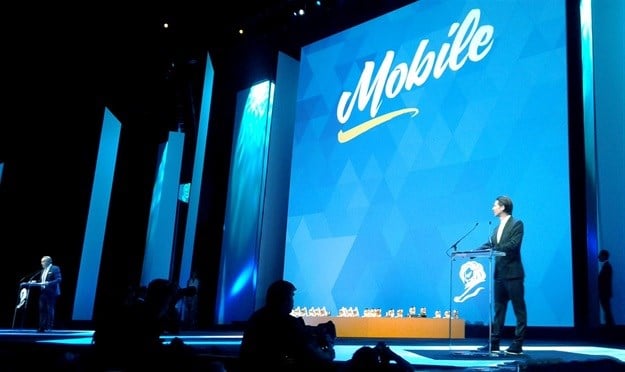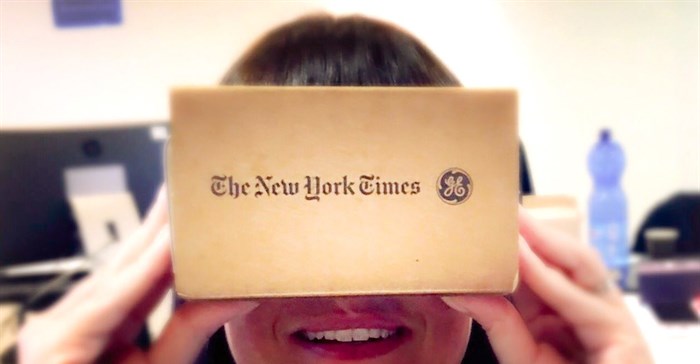Cannes About Town: And the winner is...

With this work, a 165-year-old analogue brand facing extraordinary challenges has catapulted itself into the digital age. Through loss of readership, the newspaper business is on the brink of extinction and by re-engaging their audience in a new way, VR may just save the New York Times and a $176 billion industry.
This is a truly immersive piece of work that could only have been executed on mobile. In my last column, I identified what I think it takes to win at Cannes, and I believe this piece is a world-class example of providing a service and changing behaviour. It connects customers with content in a way that is previously inconceivable and is a brave move for the New York Times because unlike traditional editorial, VR doesn’t rely on the audience to use their imagination, it takes them there.
The app presents a series of films, all viewable with your smartphone and Google Cardboard, which fittingly won the Mobile Grand Prix last year. The experience of climbing to the top of 1 World Trade Centre, setting foot on Pluto and standing shoulder to shoulder with three 12-year-old refugees was delivered to an audience of 1.3 million subscribers when the headsets were packaged with their print copy. More than 500,000 app downloads and 1.5 million views demonstrates the scale and impact of this work.

We may have seen VR before, but this goes beyond what is currently available, because The New York Times has taken VR mainstream. They have inspired a disengaged audience with beautiful thought provoking experiences at ‘an unprecedented level of empathy and excitement’ that consumers can get nowhere else. It is an exceptional example of digital business transformation, pioneers the future of mobile, but more importantly shows the world the potential of creative thinking.
Here are some of the films available on NYT VR:
To get started, download NYT VR, the films are viewable in 360˚ without Google Cardboard, but headsets are available to buy in South Africa.
























